What Is A Convolutional Neural Network?
If you are also among the people who want to learn how apps and websites these days classify pictures automatically according to their faces and how you can search for products on e-commerce websites using images then you are at the right place. All these websites and apps use a convolutional neural network. In this blog, let us understand and get more clarity on what a convolutional neural network is.
CNN is a deep learning algorithm. For those who do not know what deep learning is? It is a subset of machine learning that imitates the way humans gain certain types of knowledge.
A convolutional neural network is a specialized neural network that processes and analyzes visual imagery. It takes in an input image, assigns importance (learnable weights and biases) to various aspects/objects in the picture, and differentiates one from the other. It is typically used for image detection and classification.
How Does It Work?
When presented with a new image, CNN doesn’t know exactly where these features will match, so it tries them everywhere, in every possible position.
Convolutional neural networks use multiple filters to find image features that allow for object categorization. There are many kernels accountable for extracting these features in the CNN scheme. To highlight significant differences in pixel values, CNN uses edge kernels. It will be dark following the transition if the pixel next to it has a similar intensity.
A considerable difference between them will make it white. A blur kernel filters the distinctions in the adjacent pixels and reduces the noise in the image. To detect the edges in a specific direction and indicate the differences in adjacent pixels, CNN uses the bottom Sobel kernel. The emboss kernel filter is similar to the Sobel filter; they emphasize pixel differences in a particular direction.
Pooling :
The Pooling Layer subsamples the Convolutional Layer’s output image, returning the maximum aggregate value. They also perform the functions of average, and minimum and also change them to another function.
The Pooling Layer uses a specific aggregation function in this case, which collects only data. Its job is to leave the depth (channels) intact while halving the size of the height and width of the matrix. Thanks to this procedure, we decrease the chance of overfitting by ascertaining the most prominent features of the Pooling Layer. This method allows the model to be trained more quickly.
Fully-Connected Layer:
Input data to a fully connected layer is the output data from the final Pooling layer. The responsibility of the fully connected layer is to flatten the value in the vector, which is combined with other fully connected layers, creating a simple neural network on top of the Convolutional Neural Network. The last layer is accountable for determining the probability of belonging to a particular class. If we deal with multi-classification, we use the softmax activation function. In the case of binary classification, we will use the sigmoid function.
What Is A Convolutional Neural Network Example?
- A convolutional neural network is used for classification tasks; for example, they can tell the difference between a cat and a dog—by segregating 100,000s images into specific categories.
- CNN is also used for recognition tasks like Facebook uses it to suggest the correct people tag on the photos and smartphones use facial recognition to unlock your device.
- CNN is also used for object detection; It identifies the objects of interest from a scene, for example, Counting the number of cars on the highway.
- CNN is also used for pattern detection. It has applications in Biology to detect abnormal or diseased cell structures. It also has applications in Manufacturing plants to detect faulty or damaged products.
- CNN is also used for Natural Language Processing. It reads paper-Books or documents and classifies them into Digital format.
What Is The Difference Between CNN And Neural Networks?
A neural network is a series of algorithms that mimics how the human brain operates. It tries to recognize underlying relationships in a set of data through a process that mimics the way that biological neurons signal to one another. In this sense, neural networks refer to systems of neurons, either artificial or organic in nature. For the network to generate the best possible result without needing to redesign the output criteria; Neural networks can adapt to changing input.
Neural Networks is the general term that is used for a brain-like connection.
Convolutional Neural networks are networks that are specially designed for reading pixel values from Images and learning from them.
CNN is the subset of Neural Networks. Like all types of water are liquid, not every liquid is water.
What Is The Benefit Of A CNN?
CNNs are the most preferred algorithm for image classification and recognition because of their high accuracy. The CNN uses a hierarchical model that constructs a network in the shape of a funnel and then outputs a fully-connected layer in which all neurons are connected and the output is processed.
Why CNN Over Neural Network?
When compared to its predecessors, the main advantage of CNN is that it automatically distinguishes the critical features without any human guidance. For example, when many pictures of cats and dogs are given, it learns distinctive features for each class.
The “layers” in an Artificial Neural Network are rows of data points hosted through neurons that use the same neural network. ANN uses weights to learn that get changed after each iteration through the neuron in ANN. Depending on the accuracy calculated by a “cost function,” it goes back and changes the weights. And when compared to a convolutional neural network, there is no neuron or weights in CNN; instead, it casts multiple layers on images and uses filtration to analyze image inputs. These layers are the math, rectified linear unit, and fully connected. The goal of these layers is to understand patterns that the network can see, process data output, and provide an n-dimensional vector output.
Learn more about how Algoscale can help you here.












